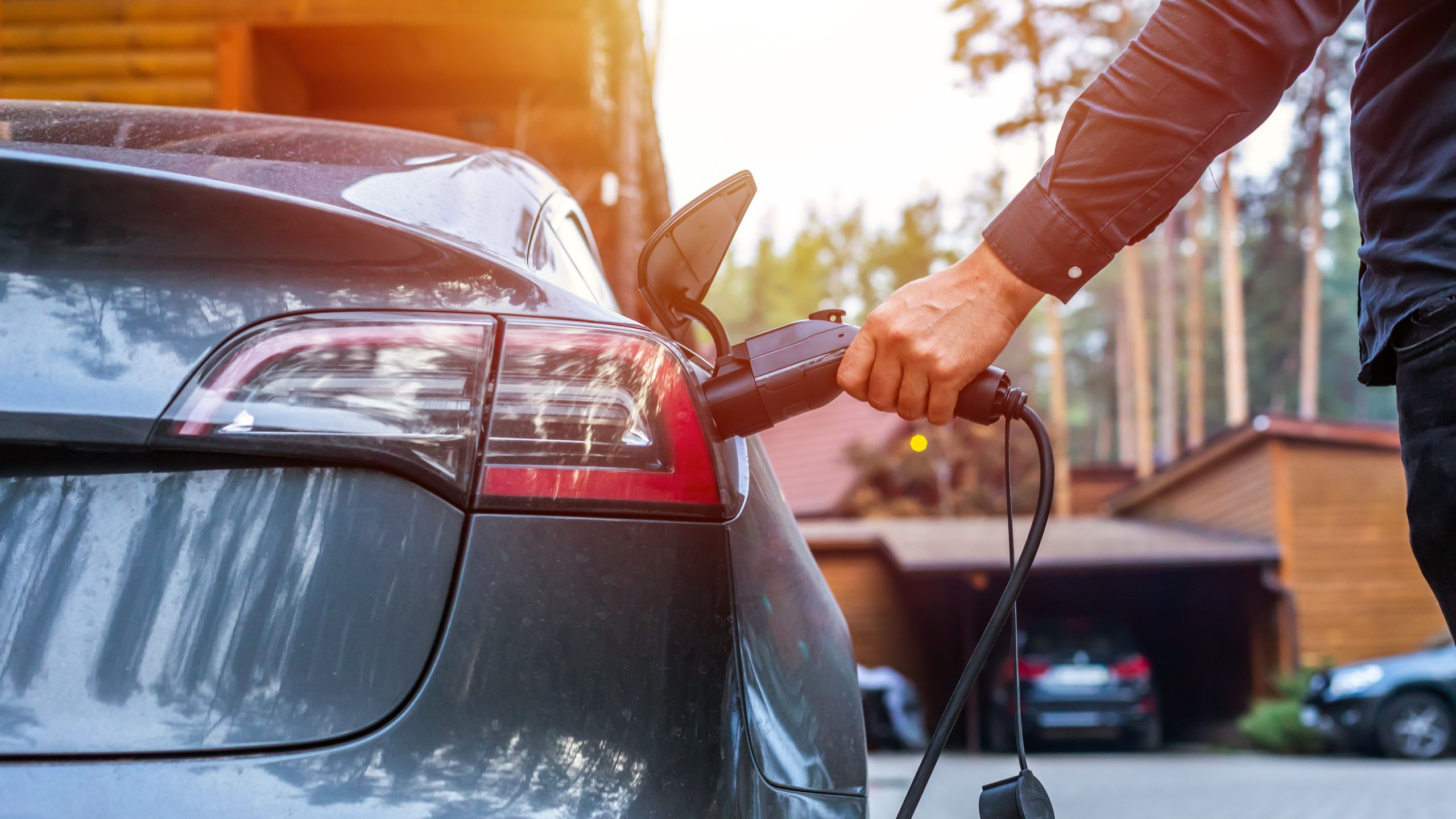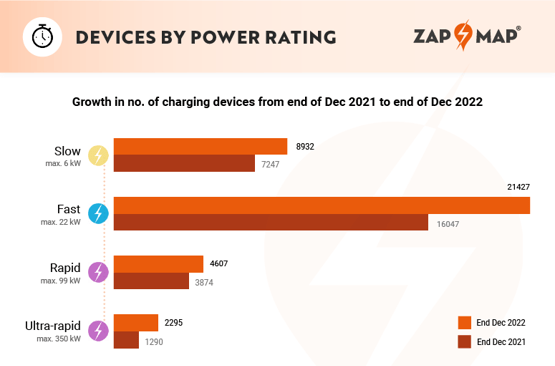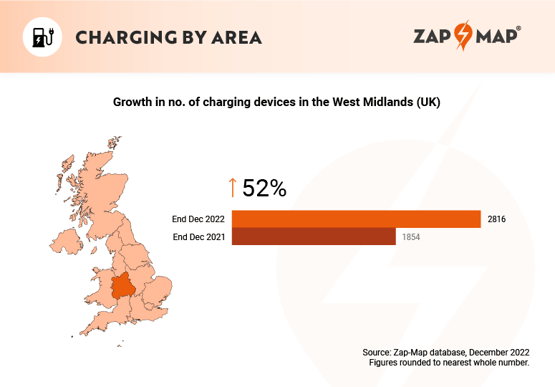
In 2022, the UK saw an increase of 80% in its electric vehicle (EV) charging network with the addition of 106 high-speed charging hubs. According to data from Zap-Map, there are now 295 locations in the UK with four or more high-speed charging points.
The number of ultra-rapid charging points also grew significantly, increasing from 1,290 at the end of 2021 to 2,295 at the end of 2022. These high-speed charging points are designed for drivers travelling long distances and seeking to charge their vehicles as quickly as possible.

Zap-Map co-founder, Melanie Shufflebotham said: “Over the next few years, the UK will need a mix of charging solutions to suit a wide variety of use cases.
“Focusing solely on the number of charging devices masks the different types of charging available, what they’re useful for, and which ones are needed where.”
A significant area of growth in 2022 was the provision of on-street charging. These charging stations, found on residential streets, offer either slow or fast charging options, providing an alternative to charging at home.
The number of on-street charging devices increased by 36% over the course of the year, rising from 8,842 at the end of 2021 to 12,009 by the end of December.
While London and the Southeast continued to have the highest number of charging points, the rest of the UK saw significant growth in 2022 as well.
The West Midlands saw the greatest rate of growth, with the total number of chargers in the region increasing by 52% from 1,854 devices to 2,816. Of these chargers in the West Midlands, 223 were ultra-rapid devices, 419 were rapid devices, 1,789 were fast devices, and 385 were slow devices.

Wales also saw a significant increase, with the number of charging devices rising from 1,039 at the end of 2021 to 1,473 at the end of December, an increase of 42%.
Despite this, Greater London saw the highest overall number of devices installed in 2022, increasing from 9,160 at the end of 2021 to 11,559 at the end of December, a 26% increase.
Will the EV charging infrastructure be ready for 2030?
In 2020, The UK Government announced the end of the sale of new petrol and diesel cars in the UK by 2030, putting the UK on course to be the fastest G7 country to decarbonise cars and vans. However, will the infrastructure be ready and sufficiently stress tested to fulfil the Government’s optimistic targets?
As of 2021, the UK had 8,378 petrol stations. Estimating that on average each station had 8 pumps available, this would total 67,024 fuel pumps across the UK. Suppose that on average it takes 6 minutes to refuel your vehicle, the UK fossil fuel network can service a staggering 670,240 vehicles per hour.
Comparatively, as of December 2022, there were 37,261 electric vehicle charging points across the UK – 44% fewer than fossil fuel pumps. Not only are there fewer locations to recharge your EV, but the time also it takes is sufficiently longer. Given that the average EV battery is 40 kWs, at a fast-charging point (which make up 57% of the infrastructure), it would still take 2-3 hours to be fully charged.
With the current rate of growth of the EV infrastructure, we can assume that it will be able to surpass the number of pumps in the fossil fuel network over the next couple of years.
However, the way we interact with and use the EV network is vastly different, involving a far greater number of variables. Therefore, the uncertainty continues and we will have to rely on the next couple of years of data to be certain what the future EV market will look like.


